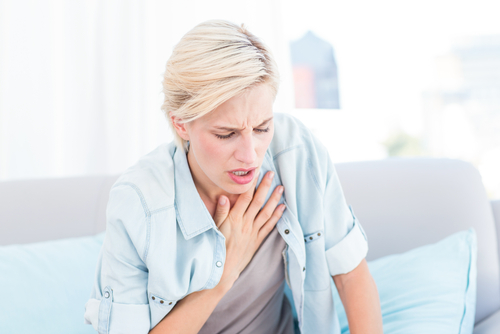DIAGNOSIS
To diagnose a heart attack, an emergency care team will ask you about your symptoms and begin to evaluate you. The diagnosis of the heart attack is based on your symptoms and test results. Tests to diagnose a heart attack include:
- Electrocardiogram (ECG). An electrocardiogram records electrical signals as they travel through your heart. An ECG can often reveal evidence of a previous heart attack or one that’s in progress.
- Blood tests. Blood may be drawn to measure levels of cardiac enzymes that indicate heart muscle damage.
- Echocardiogram. An echocardiogram uses sound waves to produce images of your heart. It can be used during and after a heart attack to learn how the heart is pumping and what areas are not pumping normally. The “echo” can also tell if any structures of the heart (valves, septum, etc.) have been injured during the heart attack.
- Cardiac catheterization may be used during the first hours of a heart attack if medications are not relieving the ischemia or symptoms. It can be used to directly visualize the blocked artery and help your doctor determine which procedure is needed to treat the blockage.
Treatment/Medications
Once heart attack is diagnosed, treatment begins immediately, possibly in the ambulance or emergency room. Drugs and surgical procedures are used to treat a heart attack. The goal of treatment is to limit heart muscle damage.
Drugs used during a heart attack may include:
- Aspirin to prevent blood clotting that may worsen the heart attack
- Other antiplatelets, such as Brilinta, Effient, or Plavix, to prevent blood clotting
- Thrombolytic therapy (“clot busters”) to dissolve any blood clots in the heart’s arteries
- Any combination of the above


